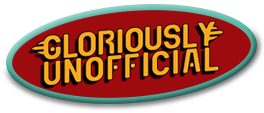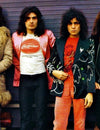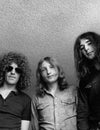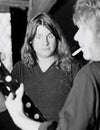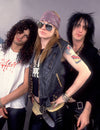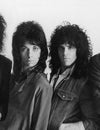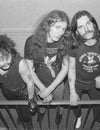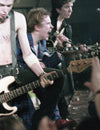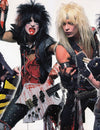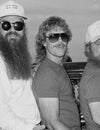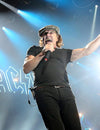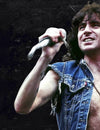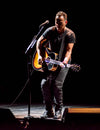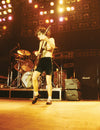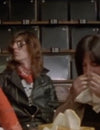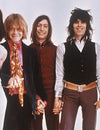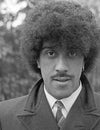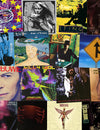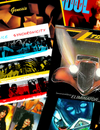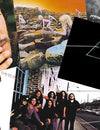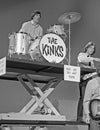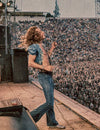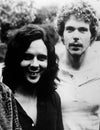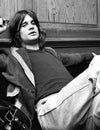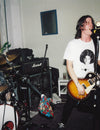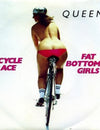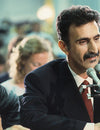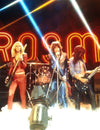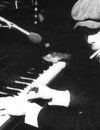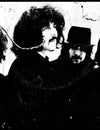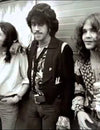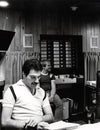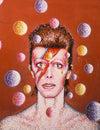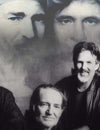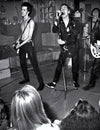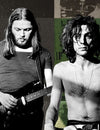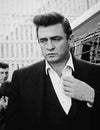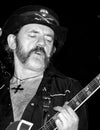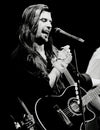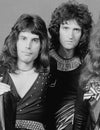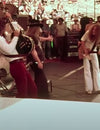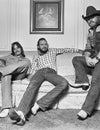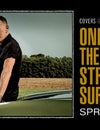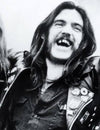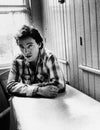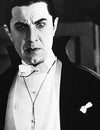
Bruce Springsteen: The Rising
“The Rising” was released on July 30, 2002, and was Bruce Springsteen’s first album in eighteen years to feature the E Street Band. It was his first record since 1987’s “Tunnel of Love” to reach the top of the US Billboard 200 chart, and it was further celebrated by winning two Grammy awards. The seven-year gap had been the longest between album releases; “The Ghost of Tom Joad,” was his previous release in 1995. Bruce found inspiration in the tragic events of September 11th, 2001, and “The Rising” remains one of the strongest albums based on them. The fifteen tracks are now acknowledged to be as much about overall hope and resiliency as they are about the fallout from that day. Fans of The Boss rightfully respect the album as one of Bruce’s best.
Reunited
1984’s “Born In the USA” was the last studio album to feature the entire E Street Band before they were back in the studio with Bruce to record “The Rising” in 2002. Springsteen informed the band in 1989 that he wouldn’t require their services for the foreseeable future, so the band members went their separate ways and participated in various projects. Drummer Max Weinberg became the band leader on Late Night with Conan O'Brien in 1993 and stayed on the show for its entire run. Band members were used to branching out and playing with an assortment of different top-notch artists. Their skills were in high demand, and they played with: The band members have also performed and recorded (both individually and as a band) with a wide range of other artists, including Air Supply, Gary U.S. Bonds, David Bowie, Tracy Chapman, Ray Davies, Dire Straits, Bob Dylan, Steve Earle, John Fogerty, Aretha Franklin, Peter Gabriel, The Grateful Dead, Emmylou Harris, Ian Hunter, Lady Gaga, Darlene Love, Paul McCartney, Meat Loaf, Tom Morello, Stevie Nicks, Lou Reed, The Rolling Stones, Santana, Bob Seger, Southside Johnny, Ronnie Spector, Ringo Starr, Sting, Bonnie Tyler, Lucinda Williams, and Neil Young.
Springsteen and the E Street Band reunited in 1999, 10 years after The Boss dismissed them. Their Reunion Tour, HBO special, and “Live in New York City” concert film. After the release of “The Rising,” they embarked on a successful tour that ended on October 4, 2003, after one hundred and twenty shows over three legs.
Reception
Virtually all of the critics loved the album and gave reviews that showed it. Some suggested the music is a bit dated, but generally supported the album. Rolling Stone named it the fifteenth-best album of the 2000s in 2011, while Metacritic scored it 82 / 100. Rolling Stones Kurt Loder called it a triumphant and cohesive album possessing a “bold thematic concentration and penetrating emotional focus.” AllMusic’s Thom Jurek called it “one of the very best examples... of how popular art can evoke a time period and all of its confusing and often contradictory notions, feelings and impulses.”
Not all of the reviews were filled with positivity, of course: The Guardian’s Alexis Petridis said the music was “awkwardly old-fashioned,” and said the lyrics were “simple and unambiguous.” The Village Voice’s Keith Harris said it was “vague and unworldly.” Robert Christgau, also from the Village Voice, cited “Paradise,” “Nothing Man,” “The Rising,” and “My City of Ruins” as “choice cuts,” but concluded that the album “isn't worth your time or money.”
Track Listing
- “Lonesome Day”
- “Into the Fire”
- “Waitin’ on a Sunny Day”
- “Nothing Man”
- “Countin' on a Miracle”
- “Empty Sky”
- “Worlds Apart”
- “Let's Be Friends (Skin to Skin)”
- “Further On (Up the Road)”
- “The Fuse”
- “Mary's Place”
- “You're Missing”
- “The Rising”
- “Paradise”
- “My City of Ruins”
“Lonesome Day,” “You're Missing,” and “My City of Ruins” describe the fateful day; “My City of Ruins” has also been used as an anthem to represent Hurricane Katrina and the 2011 Christchurch earthquake, as it speaks over and over about new life and resurrection.
Bruce spoke with Howard Stern in a two-hour-long interview in 2022 and discussed Bruce’s six-decade musical career, and his personal life, and performed some of his biggest hits, including “The Rising.” In an interview with Ted Koppel, Bruce talks about the images he was trying to create in the song:
“Yeah, well, I’m a good... Well, I was a good Catholic boy when I was little, so those images for me are always very close, and they explain a lot about life…What I was trying to describe, one of the most powerful images of the 11th, that I’d read in the paper, some of the people coming down were talking about the emergency workers who were ascending. And you know, that was just an image I felt left with, after that particular day. The idea of those guys going up the stairs, up the stairs, ascending, ascending. I mean, you could be ascending a smoky staircase, you could be in the afterlife, moving on.”
It’s said the ultimate inspiration for the album came a few days after September 11th when a man rolled down his window, while stuck in traffic and said to Bruce: “We need you!” The Boss was honored and felt he had to do something. He explains:
“I felt that I saw nobility in people...Not the kind you read in the story books, but the kind where people go in to work every day, they come home every day and dinner's on the table every day. There's people doing this in little ways every day, all the time. These are the people that I want to write about. This is what I think is important. That's what moves me. That's what makes me want to sing my song…After the 11th, I think one of the things people were shocked at was that that was alive in some fashion. I think that we live in a particular pop culture moment, that there's a theatre of humiliation on TV and on the radio, a reflection of self-loathing. I don't think anyone could imagine these sacrifices.”

